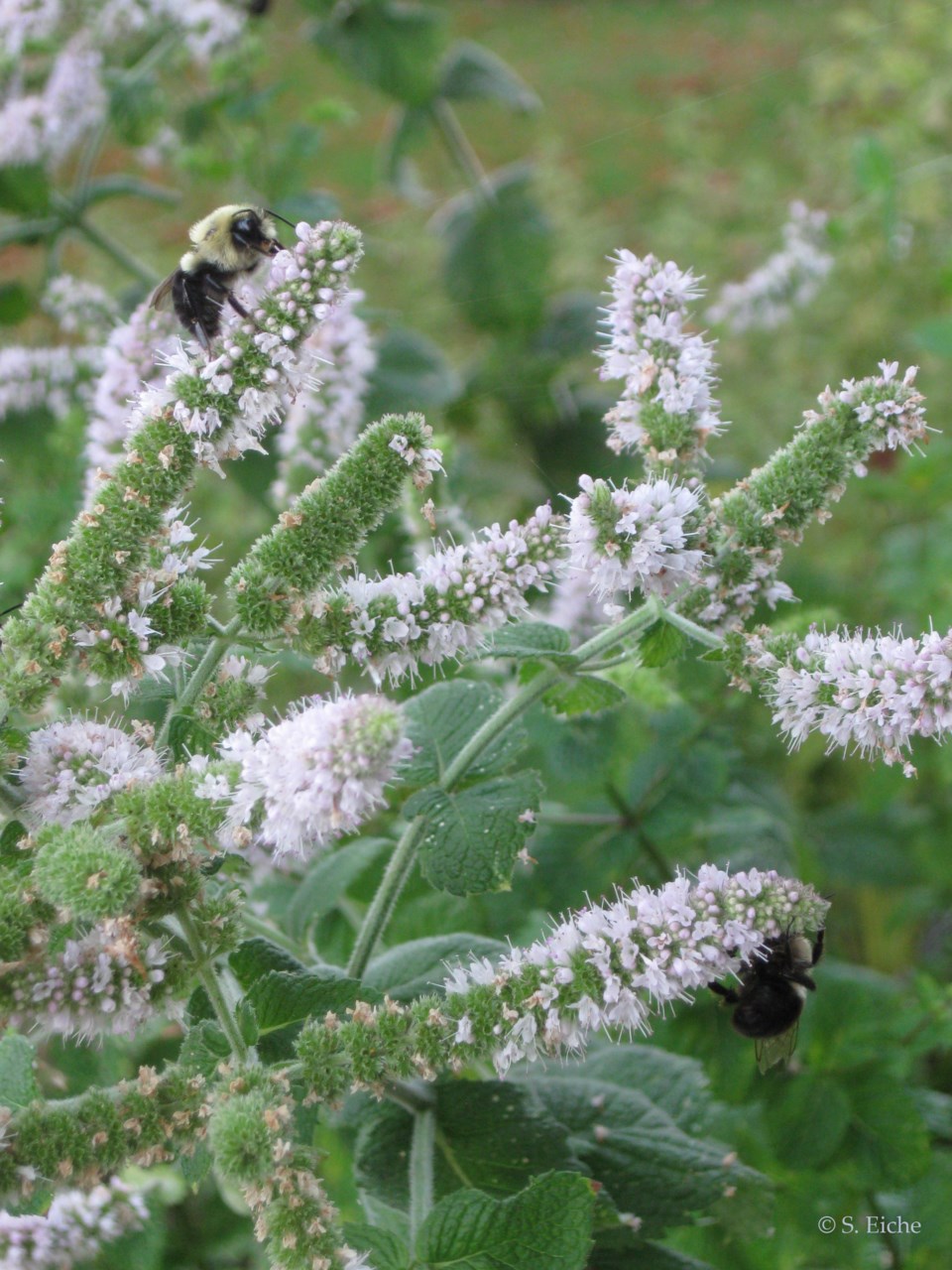Trying to grasp a precise definition of what is a herb can sometimes feel like trying to grasp a piece of slippery soap. Why? Because the answer will keep changing, depending on the source you consult. If you look up the word herb in a dictionary you’ll read the botanical definition — a herb is a seed-producing plant that has a fleshy stem and dies back at the end of the growing season. Yet in my garden are at least two plants that are definitely herbs that don’t die back at the end of the season and whose stems are thick and woody instead of fleshy — rosemary and sage. And here’s something to baffle us further — botanically speaking, the banana plant is a herb! The part we eat is its fruit.
Ask a cook what is a herb, you’ll be told that it’s a plant used to add flavours to food. And if you ask someone in the medical profession, they’ll tell you that a herb is a plant that has curative powers.
A certain looseness regarding the definition of "herb" is found also in other countries. For instance, in Italy the word for herb is “erba”, which can also mean grass or weed. Italians add adjectives to call a herb used in food preparation “erba aromatica” and one used for healing “erba officinale” or “erba medicinale”. German is no less confusing. The word for herb is “Kraut”, which also means cabbage – as in Sauerkraut. “Unkraut” is German for weed, the prefix “un” giving “Kraut,” herb, a negative sense. French is similar in this respect. To signify a weed it prefixes the word for herb, “herbe,” with the adjective “mauvaise,” meaning bad. It seems that herbs and weeds have journeyed in close company in both nature and language.
The use of herbs goes back thousands of years. Early civilizations, especially the Aztecs, Mayans, Egyptians, Sumerians, Chinese and Indians, recorded what they had learned and observed about herbs, information that was later gathered and expanded by ancient Greeks such as Hippocrates (460-370 BC), Theophrastus (371-287 BC), Dioscorides (ca.40-90 AD) and Galen (129-216 AD), and ancient Romans, in particular Pliny the Elder (23-79 AD).
We know how people regarded herbs many centuries ago because we have translations of texts that were based on the earliest compendia. One such text, an 11th-century Arab treatise, was then translated into Latin 200 years later and entitled “Tacuinum Sanitatis”, handbook of health. It deals not only with medieval medicine but also cooking and agriculture. Four surviving 14th-century manuscripts of the Tacuinum (conserved in libraries in Paris, Liège, Vienna and Rome) are richly illustrated with miniatures, letting us glimpse aspects of the daily life of the people at that time.
The history and design of herb gardens is a study unto itself. We’re not certain when or where the first ones were planted, but it’s been suggested that herb gardens existed in Egypt over 4,000 years ago. They would have been located near temples, growing the herbs and other plants used in religious rituals and celebrations. The herb gardens of medieval Europe were most commonly found in monasteries and convents, tended by monks and nuns.
I don’t have a herb garden properly speaking, where herbs destined for culinary, aromatic and medicinal uses are planted in an orderly fashion, following an intricate design. Instead, I have garden beds brimming with herbs that are growing in no particular order. They’re intended above all for the nourishment of insects and birds. Their tiny flowers are perfect for feeding bees and other beneficial insects as well as hummingbirds, a purpose that I rate more highly than any of the herbs’ myriad culinary, aromatic or medicinal roles.
Sabine Eiche is a local writer and art historian with a PhD from Princeton University. She is passionately involved in preserving the environment and protecting nature. Her columns deal with a broad range of topics and often include the history (etymology) of words in order to shed extra light on the subject.



